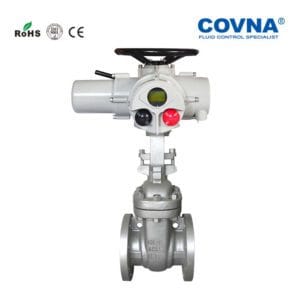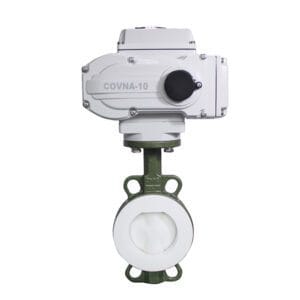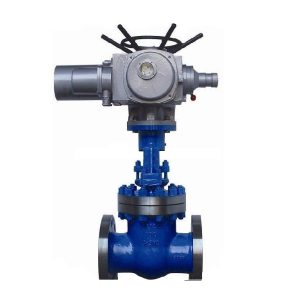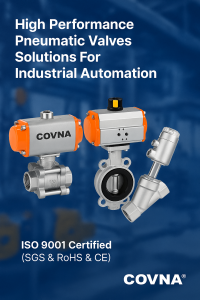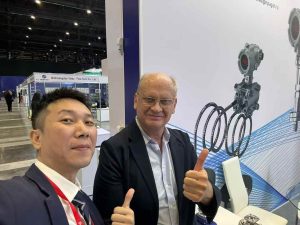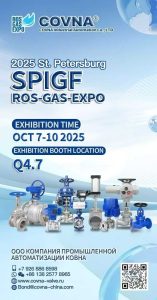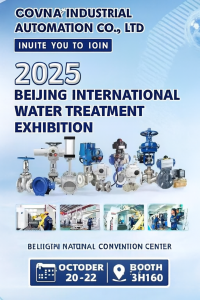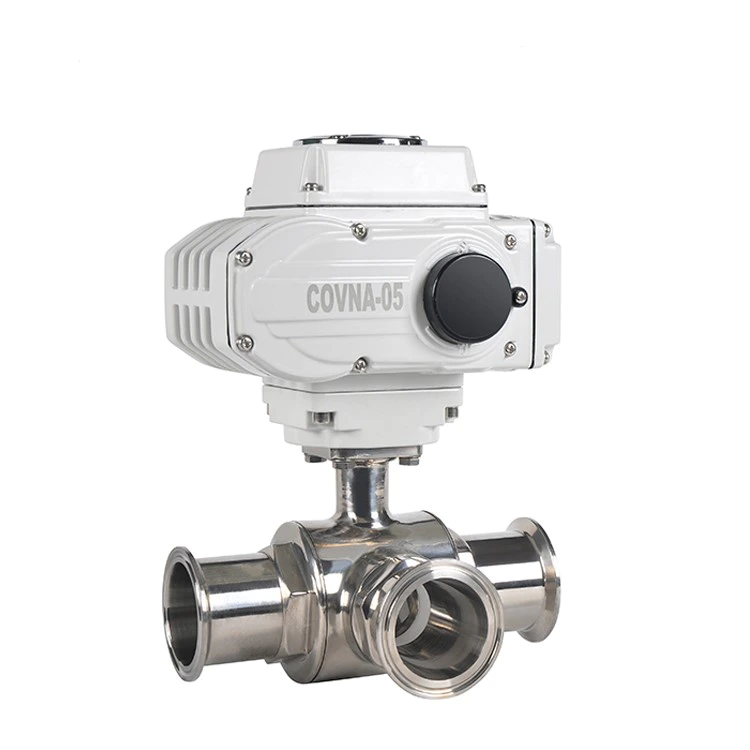
12V Electric Valve Actuators: Compact Solutions for Hot Water Lines
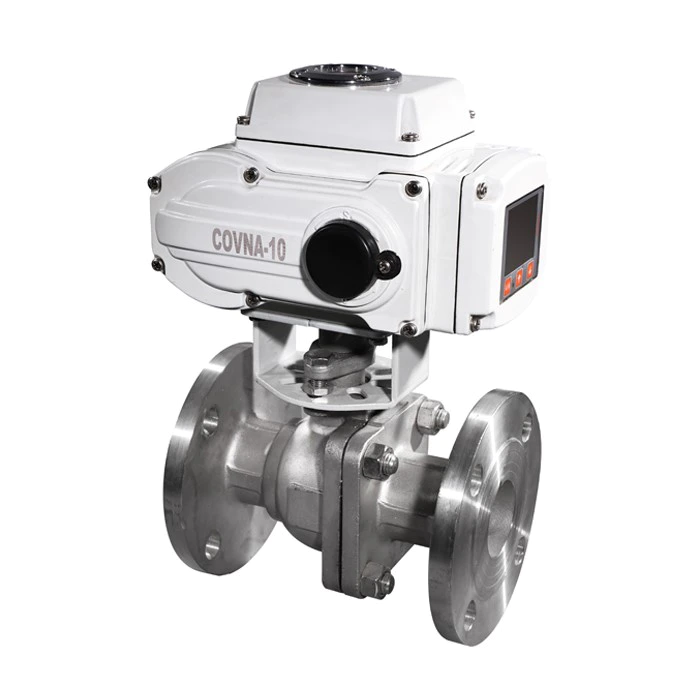
Cloud AI predictive-maintenance electric valve
The Cloud AI predictive-maintenance electric valve integrates advanced machine learning algorithms to continuously monitor key health indicators—torque, vibration, cycle count, temperature—and streams encrypted data to a secure cloud platform. There, predictive analytics assess trends in real time, identifying anomalous behaviors days or weeks before failure. Maintenance teams access a web or mobile dashboard displaying performance forecasts, service recommendations, and remote firmware updates. This proactive approach minimizes unplanned downtime, optimizes part replacement schedules, and extends overall valve lifespan by ensuring lubrication and calibration occur precisely when needed.
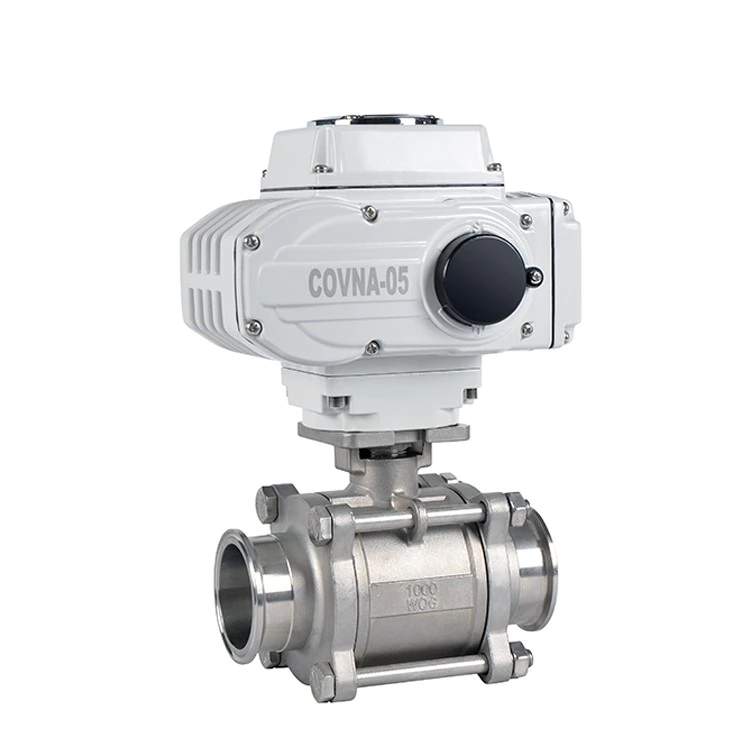
Nano-coated ultrathin corrosion-resistant electric valve
This ultrathin electric valve features a proprietary nano-ceramic coating less than 0.1 millimeters thick that bonds to stainless steel or titanium substrates. The nanolayer creates an impermeable barrier against aggressive chemicals, salt water, and abrasive particulates without adding bulk or weight. Its slim profile allows installation in compact manifolds and tight piping runs while delivering full ANSI-rated flow capacity. Engineers benefit from extended maintenance intervals, reduced risk of corrosive pitting, and consistent torque requirements, making it ideal for offshore platforms, chemical reactors, and microfluidic skids operating under extreme conditions.
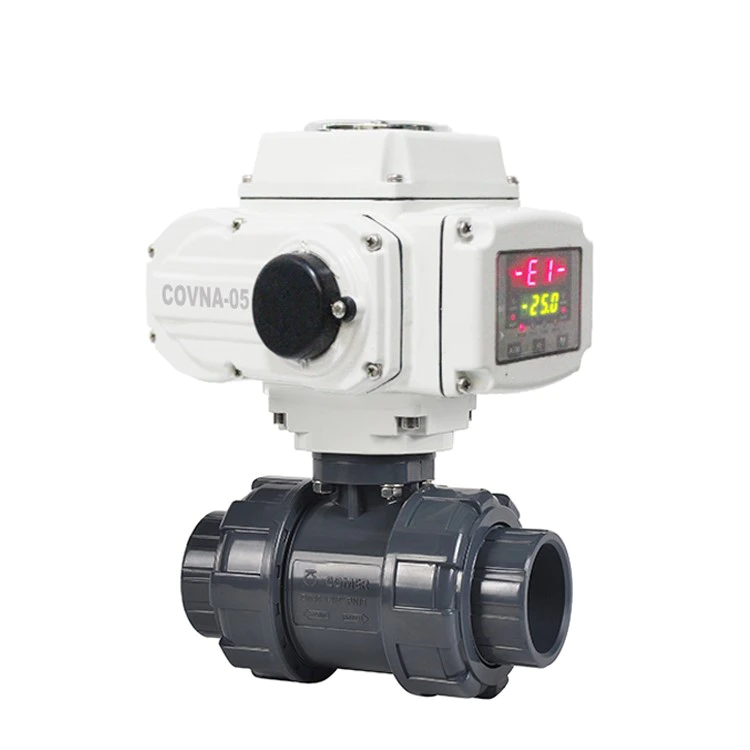
Ultra-micro fluidic electric valve
Engineered for nanoliter-scale precision, this microfluidic electric valve features a piezoelectric actuator and submicron nozzle geometry to regulate flows from 10 nL/min to 5 µL/min with ±1% accuracy. Its compact footprint integrates directly onto lab-on-a-chip cartridges, enabling automated assays in genomics, proteomics, and single-cell analysis. Biocompatible coatings prevent sample adhesion and cross-contamination, while built-in sensors measure pressure and temperature at the valve seat. Control software offers scripting APIs for complex dosing sequences and closed-loop feedback control. Ideal for pharmaceutical R&D, point-of-care diagnostics, and advanced analytical instrumentation.
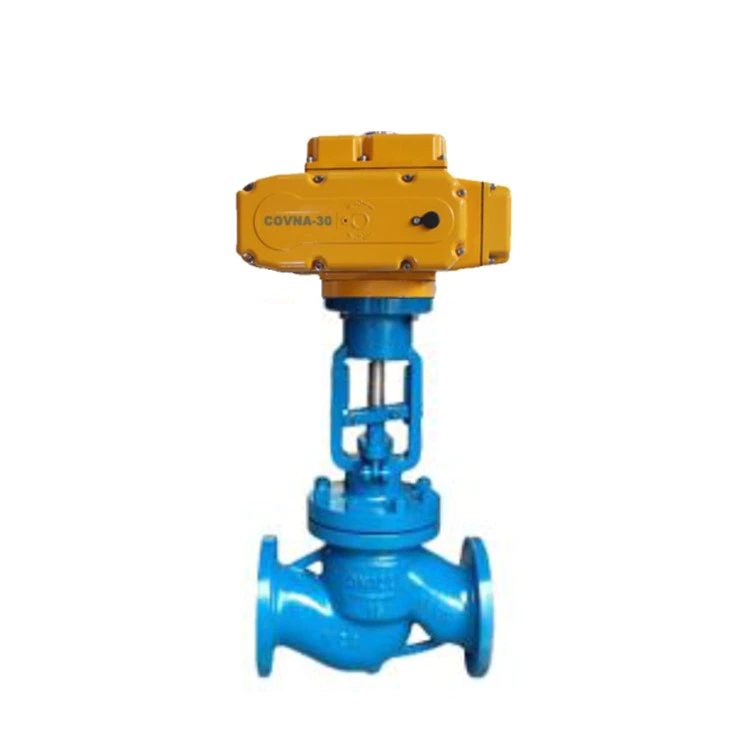
4-way multi-zone irrigation electric valve
This modular electric valve consolidates four independently actuated outlets into a single compact body, reducing manifold piping and installation time. Each zone features programmable flow profiles, water-budget accounting, and cycle-soak capabilities to optimize water use across landscapes, greenhouses, or sports fields. A built-in Ethernet and Wi-Fi gateway supports web-based scheduling, weather-adaptive irrigation adjustments, and API integration with building management systems. Field technicians appreciate its hot-swap actuator cartridges and graphical zone mapping on the touchscreen interface, enabling maintenance or reconfiguration without shutting down the entire system.
We Have The Best Solutions for Your Business
COVNA GROUP CO., LTD is a world-leading valve manufacturer which specialized in solenoid valves, pneumatic valves, and electric valves for pipeline fluid control. COVNA originated from German technology, has its own R&D, design, production, sales team, and aims to be the global automation application service provider.
COVNA production range includes solenoid valves, pneumatic valves, electric valves, gate valves, globe valves, butterfly valves, control valves, safety valves, and various special valves. COVNA products are widely used in Water & Waste water treatment, Automation, Petroleum, Chemical, Electric power, Metallurgy, Mining, Paper-making, Pharmaceutical Industries, etc.
COVNA team make a rapid response to customer's requirements, provide professional product selection guidance and reliable valve application solutions.So far, COVNA has achieved ISO 9001 Quality Management System Certification, CE Certification, RoHS Certification.
Why Choose COVNA
Global Expertise
COVNA delivers valve solutions to customers in over 120 countries, combining global market expertise with localized support to meet diverse industry needs and ensure reliable performance worldwide.
Advanced Technology
Backed by German technology, COVNA specializes in solenoid, pneumatic, and electric valves, providing innovative fluid control solutions designed for precision, efficiency, and long-lasting durability.
Strong Manufacturing
With a modern factory, CNC machining, and strict quality testing, COVNA ensures every valve meets international standards, delivering consistent reliability for water, oil, gas, and automation industries.
Trusted Brand
Recognized as a preferred supplier by global partners, COVNA has built long-term trust through consistent product quality, professional technical support, and comprehensive after-sales services.
FREQUENTLY ASKED QUESTION
Do You Have Any Question?
An electric valve is a control element that uses electricity as a power source and opens, closes, or regulates a valve through a built-in motor or actuator. It is typically integrated into automation systems for remote control of the flow, pressure, or temperature of fluids (gas, liquid, steam, etc.).
An electric valve receives control signals from a PLC, DCS, or host computer to drive the motor inside the valve to rotate or the actuator to move linearly, actuating the valve disc or gate, thereby changing the valve opening diameter and achieving flow regulation or rapid shutoff.
The advantages are that they do not require a compressed air system, are easy to install, and are quiet, making them suitable for indoor or airless environments. The disadvantages are that they generally respond slower than pneumatic valves, are more dependent on a power source, and may cause system downtime in the event of a failure.
First, determine the media type, pressure, and temperature range. Then, select the valve body material (stainless steel, cast iron, etc.) and actuator model based on the required diameter, flow characteristics, torque requirements, and operating voltage (e.g., 24 VDC, 220 VAC).
Before installation, ensure that the pipeline is free of impurities and properly supported. Ensure that the valve is in the manual open or closed position. When wiring, connect the power and control circuits strictly according to the wiring diagram, and adjust the limit switches or mechanical travel to the fully open or closed position.

